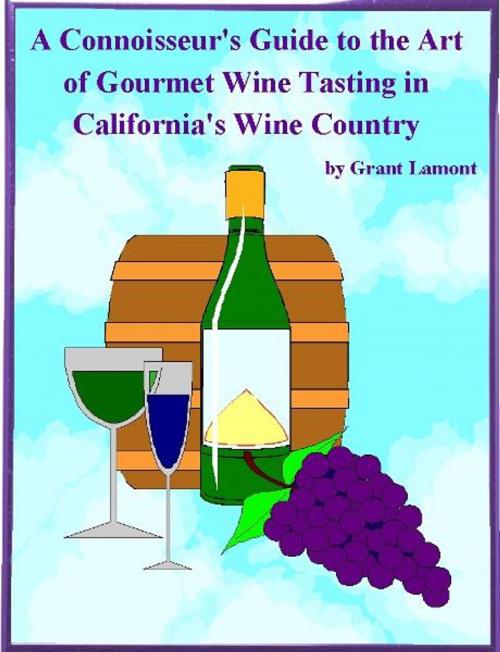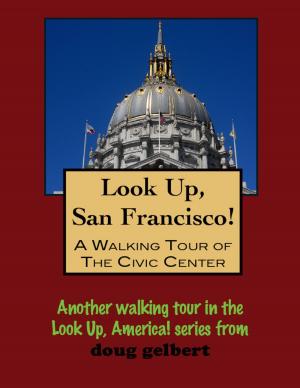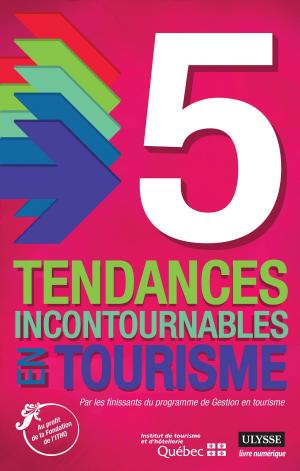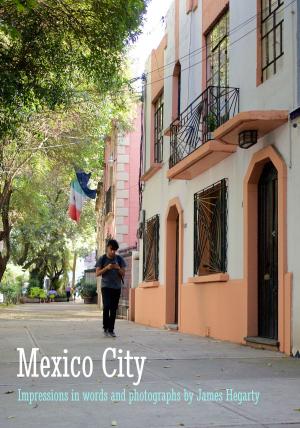A Connoisseur's Guide to the Art of Wine Tasting in California's Wine Country
Nonfiction, Reference & Language, Reference, Consumer Guides, Travel| Author: | Grant John Lamont | ISBN: | 9781458131270 |
| Publisher: | Grant John Lamont | Publication: | March 15, 2011 |
| Imprint: | Smashwords Edition | Language: | English |
| Author: | Grant John Lamont |
| ISBN: | 9781458131270 |
| Publisher: | Grant John Lamont |
| Publication: | March 15, 2011 |
| Imprint: | Smashwords Edition |
| Language: | English |
Even though many just assume that wine tasting is sipping, swishing, and swallowing - many are amazed to find that it's actually a bit more. Wine tasting is more of an art, an art that is used to distinguish the taste of fine wines. Wine can be a tasty and refreshing drink - if the bottle was stored correctly and aged properly.
Wine tasting begins with the swishing. The reason why wine tasters swish the wine around in their mouths is to get the taste. Both the front and the back areas of the tongue contain taste buds, although neither one has any distinct sensation in taste. Taste buds can detect food and liquid that is bitter, salty or sweet, without a problem. To get the proper taste from wine however, you need to swish it around in your mouth and allow your taste buds and sense of smell to bring out the unique and fine flavors in the wine.
When you have a cold however, the wine can taste very different. When tasting your wine, your sense of smell has a major impact on the taste. What many fail to realize, is that over 75% of our taste is due to our sense of smell. When we have a cold, our sense of smell is affected. Therefore, when eating or tasting wine with a cold, the taste will appear different. Wine tasters all over the world will tell you that tasting wine is more about a sense of smell than the actual taste buds.
The art of wine tasting is indeed an art. Wine tasters do however, follow some general guidelines and rules that judge how great a wine is. These techniques can help you bring the most out of your wine, providing you follow them and know how to bring out the taste.
Even though many just assume that wine tasting is sipping, swishing, and swallowing - many are amazed to find that it's actually a bit more. Wine tasting is more of an art, an art that is used to distinguish the taste of fine wines. Wine can be a tasty and refreshing drink - if the bottle was stored correctly and aged properly.
Wine tasting begins with the swishing. The reason why wine tasters swish the wine around in their mouths is to get the taste. Both the front and the back areas of the tongue contain taste buds, although neither one has any distinct sensation in taste. Taste buds can detect food and liquid that is bitter, salty or sweet, without a problem. To get the proper taste from wine however, you need to swish it around in your mouth and allow your taste buds and sense of smell to bring out the unique and fine flavors in the wine.
When you have a cold however, the wine can taste very different. When tasting your wine, your sense of smell has a major impact on the taste. What many fail to realize, is that over 75% of our taste is due to our sense of smell. When we have a cold, our sense of smell is affected. Therefore, when eating or tasting wine with a cold, the taste will appear different. Wine tasters all over the world will tell you that tasting wine is more about a sense of smell than the actual taste buds.
The art of wine tasting is indeed an art. Wine tasters do however, follow some general guidelines and rules that judge how great a wine is. These techniques can help you bring the most out of your wine, providing you follow them and know how to bring out the taste.















